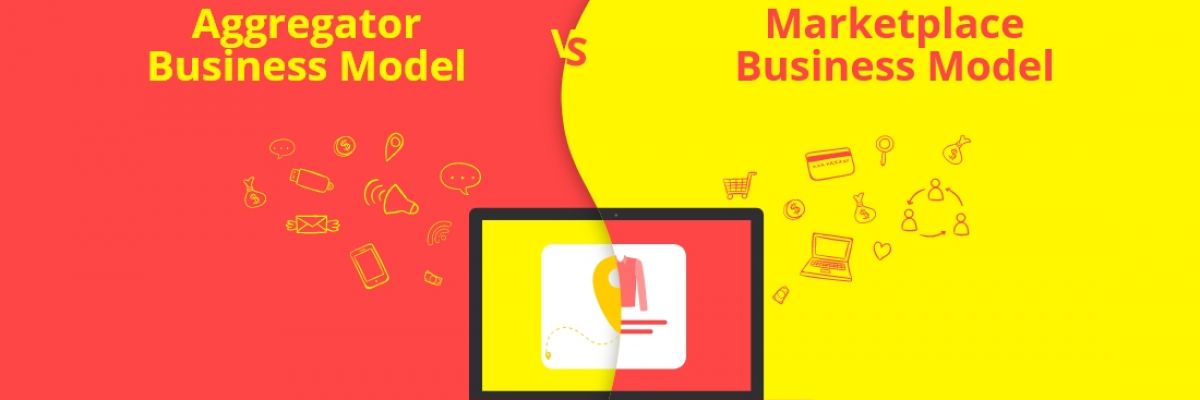Aggregator vs Marketplace Business Model: Their Pros & Cons
The marketplace business model is basically a website or mobile application which contains different products from multiple vendors and allow sellers to promote their business in one vast platform. The marketplace model acts as a bridge by connecting sellers and buyers in one platform and does not own any products of their own. E.g.: Amazon, Flipkart, eBay, etc.
The aggregator business model is basically a network model which organizes the related unorganized service providers in one huge platform under one brand name. This platform also connects service providers with their customers but under one brand. The example includes cab aggregators and bus aggregators like Uber, Ola, redBus, etc.
Aggregator vs Marketplace
Although these two platforms share many common aspects, they have some differences as well based on the way how they serve customers. Let’s discuss the variations of the aggregator business model and marketplace business model.
1. Brand Name:
-
The marketplace model has a brand but in that multiple vendors sell their products under their own brand names.
-
For instance, Amazon is a brand of marketplace model but in that, the multiple sellers sell their products with their own name.
-
But in Aggregator model, all services are provided under one common brand name.
-
As an example, Uber is a brand of the aggregator model. In Uber, multiple service providers (car taxi) are agreed to provide services under the brand name, Uber.
2. Partnership Model:
-
The admin in marketplace model does not own anything and earns income by providing the platform to different sellers. They earn commissions by getting buyers to a commonplace (website).
-
The multiple vendors in the marketplace business should be responsible for all product details, shipping process, etc.
-
In the aggregator business model, service providers are not employees of the business and they have full freedom to reject or accept the order for service. Swiggy is one such example that connects restaurants with the aggregator model.
-
Since the aggregator platform organizes the related unorganized services in one common place, they earn profit by attracting more customers to use their platform to avail those services.
3. High Quality:
-
In the marketplace model, multiple vendors are selling different products to different buyers. Therefore, there will be a change in quality. Because similar products are provided by different vendors which may have different qualities in products.
-
In the aggregator business model, the brand name is the identity and the aggregator believes in producing standard quality. Hence, the service providers should provide quality service to the customers and the providers would satisfy the terms and conditions as promised and signed during the contract.
4. Standard Price:
-
As already stated, the marketplace has multiple vendors selling different products, the price of the same product will vary from vendor to vendor. The customer can compare products from different sellers and can purchase the necessary things.
-
But in the aggregator model, since all services provided under a common name, the price is standardized. The providers who are near to customers can take the order. All service providers are agreed to this term when signing the agreement.
Summary
Even though the aggregator and marketplace business model has different features, both of them connects the vendors and buyers together on a common platform. The customer service is nearly the same and good in both the marketplace and the aggregator business model.
If you are interested in the marketplace model and marketplace aggregator model, then you can try Purchase Commerce which is an advanced multi-vendor marketplace platform. Purchase Commerce is built on top of the latest technologies keeping in mind the booming marketplace needs to build your dream platform with a profitable business model.









